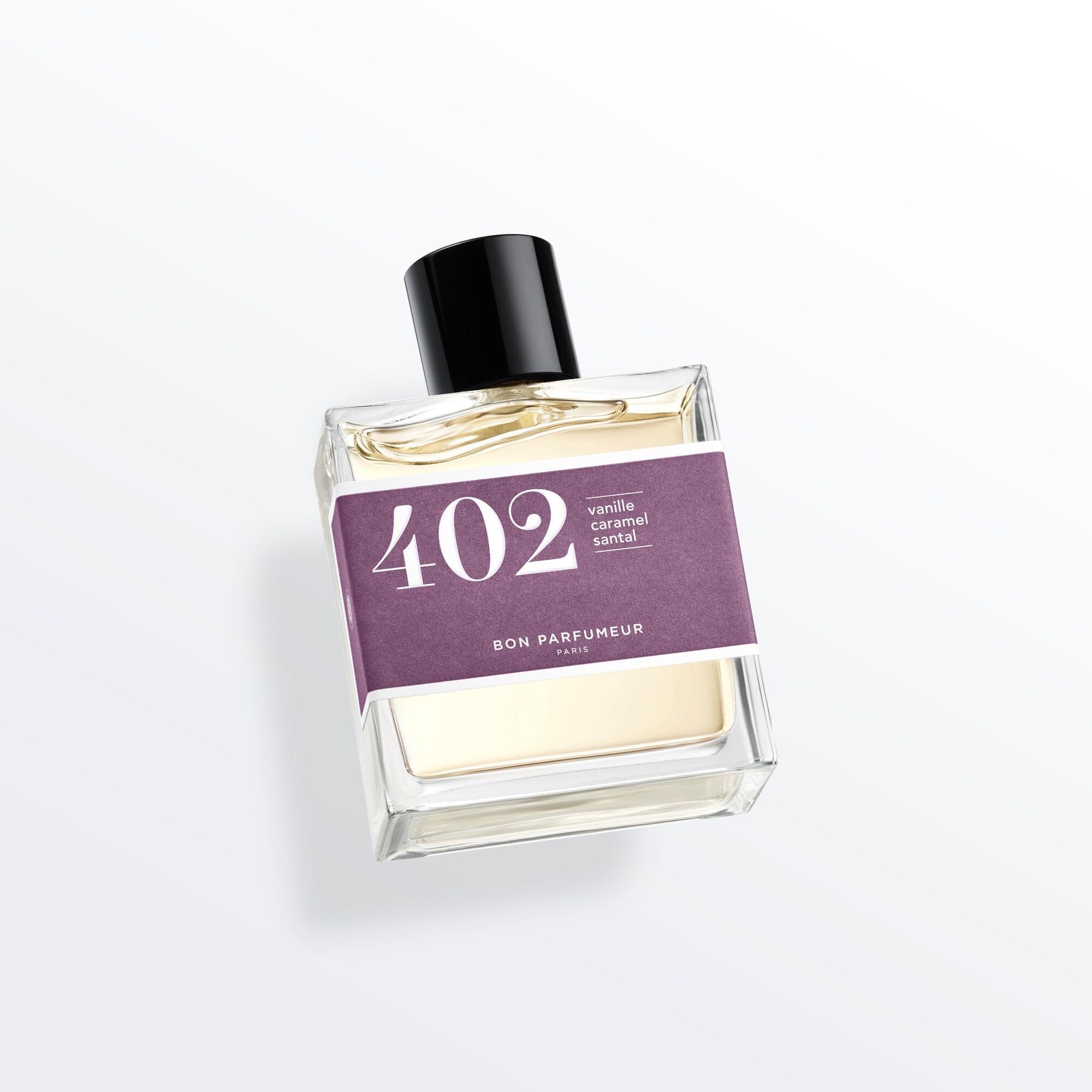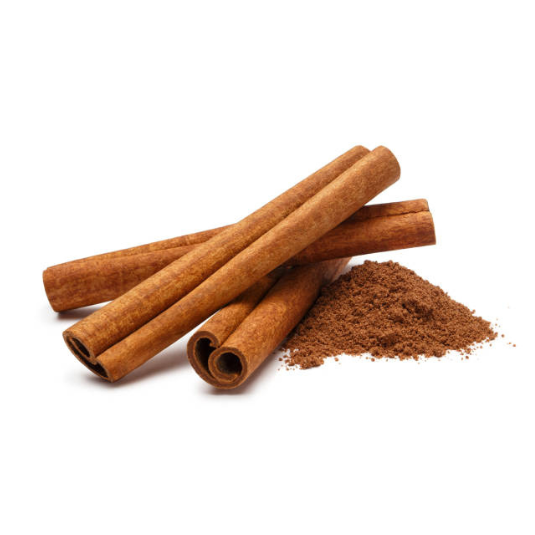What does saffron mean?
Saffron is a spice known by many names around the world, such as "zafran" in Spanish, "kesar" in Hindi, and "zafferano" in Italian. Its scientific name is "crocus sativus" and it belongs to the Iridaceae family. The word "saffron" comes from the Arabic word "zafaran", meaning "yellow". This reflects the characteristic golden-yellow color of the stigmas of the saffron plant, which are used to produce the spice.
In the beginning…
Saffron originated in Central Asia, but its use quickly spread throughout the world. Today, it is grown in many countries, including Iran, Spain, India and Greece. Saffron cultivation is very demanding in terms of climatic and soil conditions, which partly explains its high cost.
DID YOU KNOW? Saffron has a long history in perfumery, dating back to ancient times. The ancient Egyptians and Greeks already used this spice to perfume their bodies and hair. In the Middle Ages, saffron was also used to perfume clothes and bed linen, as well as to create home fragrances.
Over the centuries, saffron has become increasingly prized in perfumery, due to its unique olfactory properties and rarity. Today, it is used in many top-quality perfumes, creating warm, exotic notes that evoke the scents of the Orient.
Saffron cultivation
Growing saffron is a delicate process requiring great care and expertise. Saffron bulbs are planted in early autumn in well-drained soil rich in organic matter. The bulbs remain in the ground for several years, producing new flowers every year.
Saffron is grown in many parts of the world, with notable differences in quality and flavor. Iran is the world's largest saffron producer, accounting for almost 90% of global output. Iranian saffron is renowned for its delicate flavor and floral fragrance, making it one of the most popular varieties with chefs and perfumers.
Spain is also an important region for saffron production, with a long tradition of cultivation dating back to Moorish times. Spanish saffron is characterized by its intense fragrance and bright color, and is often used in traditional dishes such as paella.
Other saffron-producing countries include India, Greece, Turkey and Morocco. Each region has its own methods of growing and processing saffron, giving rise to a wide variety of flavors and its unique scent. Wherever it comes from, saffron remains a precious and sought-after spice, adding a touch of flavor and sophistication to any cuisine or perfume.
Planting saffron requires meticulous care. Bulbs must be planted at a precise depth and in well-drained soil to ensure their survival. Harvesting the flowers must be meticulous to avoid damaging the stigmas, which are fragile and need to be handled with care. Finally, the drying process must be precisely controlled to avoid the formation of mold or unpleasant odors.
The development of saffron in perfumery has led to the discovery of new facets of this spice. For example, it is now used for its yellow-orange hue, which can be added to perfume formulas to give them a warmer, more intense color. Saffron's spicy, slightly leathery notes also make it an ideal ingredient for masculine and unisex fragrances.
Harvesting and processing saffron are crucial steps in guaranteeing the quality of the stigmas. Harvesters must be careful not to damage the stigmas, while processors must adhere to strict standards to ensure optimal preservation. This includes meticulous drying and storage away from light and humidity.
What do you know about saffron in perfumery?
Saffron treatment and processing are crucial steps in achieving optimum quality. After harvesting, the stigmas must be sorted by hand to remove any damaged or discolored parts. They are then dried for several hours under strict conditions of temperature and humidity, to preserve their fragrance and color. Once dry, the stigmas are weighed and packed in hermetically sealed containers to prevent spoilage.
Saffron is a fragile, delicate spice that requires meticulous processing to preserve all its aromatic properties. Perfumers who choose to use saffron in their creations must be aware of the impact of its cultivation, harvesting and processing. By respecting quality standards, they can guarantee their customers exceptional fragrances that combine sophistication, originality and refinement. Saffron is a true source of inspiration for perfumers, who continue to explore every facet of this mysterious and fascinating spice.
Saffron has become an essential ingredient in luxury perfumery thanks to its unique, complex olfactory profile. Its leathery, spicy and slightly floral notes add an exotic, bewitching touch to perfume compositions. Saffron is often used in association with other noble ingredients such as vanilla, sandalwood or musk, to reinforce their character and create subtle, sophisticated accords.
Saffron is a precious spice used in perfumery to add spicy, amber notes to olfactory compositions. Saffron is used in many different types of perfume, from top notes to base notes, to create unique, sophisticated olfactory compositions. It can be combined with other aromatic ingredients such as vanilla, sandalwood, patchouli or rose, to create unique, complex olfactory compositions. Saffron is also used to add an exotic touch to niche fragrances, distinguished by their originality and rarity.
Saffron is a spice with leathery, woody and spicy notes, which blends perfectly with other aromatic ingredients to create sophisticated and original olfactory accords. It can be combined with floral and fruity notes to add an exotic, sensual touch to a fragrance, or with woody notes such as oud or sandalwood, and amber to create warm, bewitching compositions.
Saffron is also an ingredient of choice for unisex fragrances, which combine masculine and feminine notes to create balanced, harmonious olfactory compositions. It can be used to create oriental, gourmand, spicy or woody fragrances, depending on the combination of ingredients chosen by the perfumer.
In short, the use of saffron in perfumery can result in sophisticated, unique olfactory creations that captivate the senses and imagination of their audience. Perfumers who have mastered the art of combining ingredients can create exceptional fragrances in the tradition of the great luxury perfumes.
INTERESTING FACT!
Saffron's benefits and virtues are not limited to its use in perfumery. Its therapeutic and spiritual potential make it a valuable spice in many areas of life. Saffron is a rare and precious spice that has been used for centuries in traditional medicine for its curative and aphrodisiac properties. However, its use in perfumery is relatively recent and has become popular due to its warm, spicy and floral notes. Saffron is commonly used in many fragrances for men and women, particularly in oriental and spicy compositions.
Popular saffron perfumes
Among the best perfumes that use saffron as a key ingredient we find:
• Safran Troublant eau de toilette, by L'Artisan Parfumeur, combines the spicy notes of saffron with vanilla, leather and red rose to create a sensual, bewitching composition.
• Crystal Saffron by Matière Premiere: This fragrance by Matière Premiere highlights saffron, a precious and sought-after spice. "Crystal Saffron" offers a rich, complex composition, combining saffron with floral and woody notes. It creates a luxurious, sophisticated olfactory experience, capturing both the crystalline brilliance and opulence of saffron.
• Baccarat Rouge 540 extrait de parfum by Maison Francis Kurkdjian: This iconic Francis Kurkdjian fragrance is an enchanting blend of saffron, amber and wood. Saffron plays a key role in this fragrance, adding a warm, spicy dimension. MFK’s Baccarat Rouge 540 is famous for its unique scent and sophistication, and is considered one of Francis Kurkdjian's most popular fragrances.
• Black Saffron by Byredo: This fragrance by Swedish brand Byredo is a bold, modern interpretation of saffron. It skilfully blends saffron with fruity, floral and woody notes, creating a complex and intriguing fragrance. "Black Saffron" is a sensual, captivating fragrance, evoking a mysterious, bewitching atmosphere.
• Safran Troublant by l'Artisan Parfumeur: This fragrance by L'Artisan Parfumeur explores the sweet and spicy facets of saffron. It combines saffron with notes of vanilla, amber and wood, creating a sensual, intoxicating fragrance. "Safran Troublant" is renowned for its subtle, elegant composition, which captures the unsettling beauty of saffron.
• Saffron by Jo Malone London is a woody spicy fragrance for women and men. Saffron is combined with pink pepper, incense and bergamot, sandalwood and iris. In the base notes we find woodsy notes, guaiac wood, amber and white musk.
Saffron X Bon Parfumeur
In addition to the fragrances mentioned above, French brand Bon Parfumeur has also created several saffron-based fragrances:

• Eau de parfum 903 combines notes of saffron, Nepalese berries and oud wood to create a spicy, woody fragrance
• Eau de parfum YMC blends notes of mandarin, cinnamon, saffron and sandalwood to create a mystical, bewitching ambience.


















